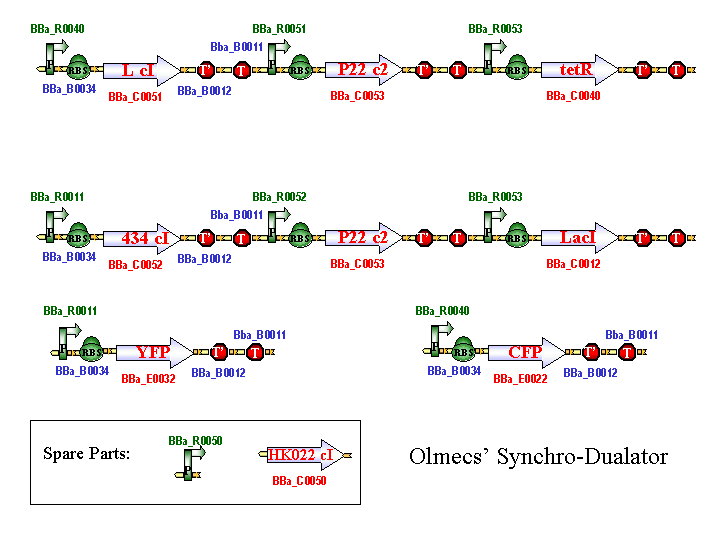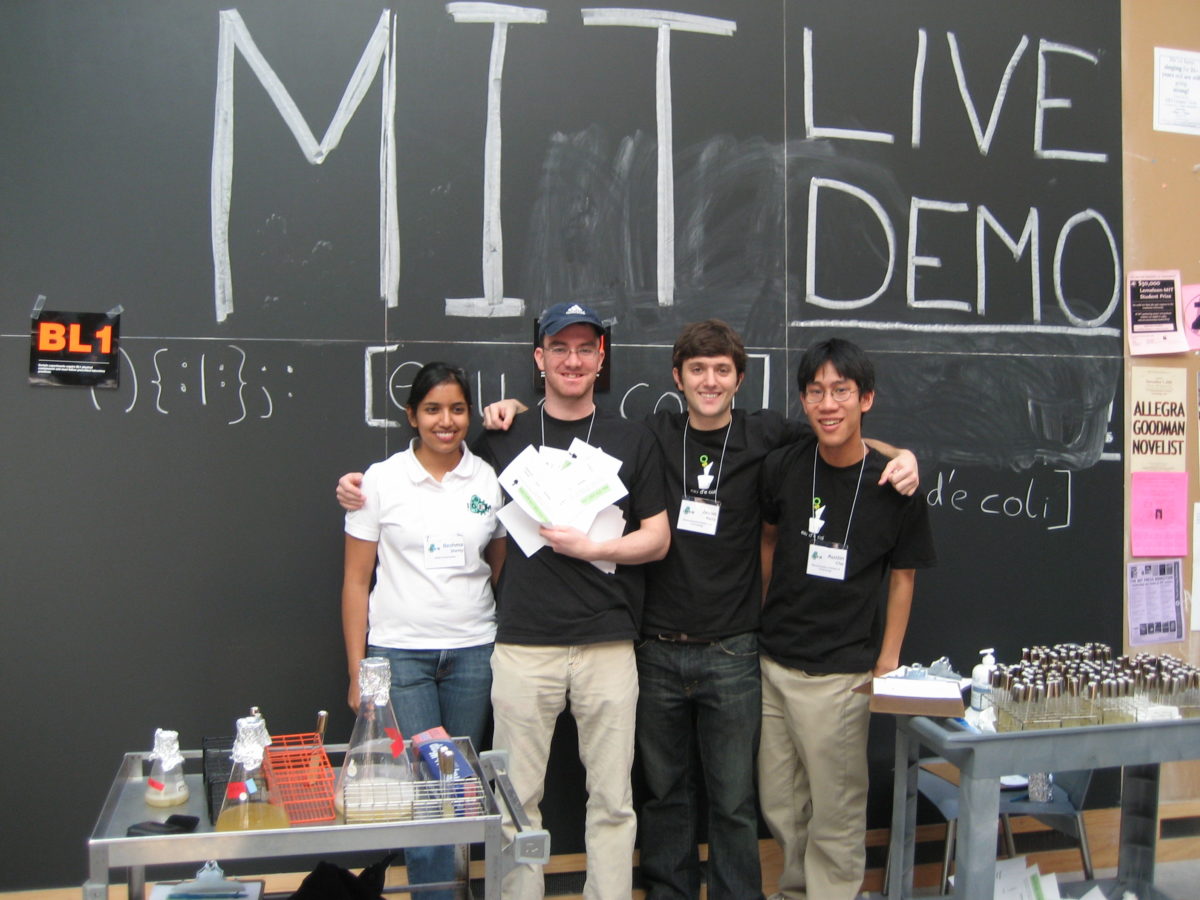We are so thrilled to be announcing a new partnership with iGEM (the International Genetically Engineered Machine competition). As sponsors, we’ll be supporting iGEM’s future growth and the growth of the community of synthetic biologists that they have built.
The connections between Ginkgo and iGEM go deep. Tom Knight was one of the original founders of iGEM when it was an intersession (IAP) class at MIT in 2003, along with Randy Rettberg, Drew Endy, and Gerry Sussman. Austin and Reshma took part in the first class, where they worked on designing oscillating logic devices.

The first summer program version of iGEM was in 2004, and I was on the MIT team along with Jason and Tom. The project was to build synchronized chemotactic oscillators (which may still be impossible—youthful optimism!), though one tiny part of that of that project eventually grew into the publication of the first datasheet for a standard biological part.

In 2006 all the Ginkgo founders along with our Head of People, Samantha Sutton, were advisors to the MIT iGEM team. Our project was Eau d’e coli: E. coli engineered to smell like wintergreen and bananas. In many ways, Ginkgo’s eventual work in the fragrance industry traces back to this project!


iGEM is one of the most important organizations in the field of synthetic biology, building a vast and open community of students and mentors that are committed to building synthetic biology according to their strong values in openness, responsibility, and fairness. iGEM is also a vital educator of synthetic biologists—10% of Ginkgo has participated in iGEM as a student participant, advisor, or judge (iGEM students and others, see open job postings here!). We’re so happy to be supporting iGEM and excited to be part of building the future of synthetic biology together.
